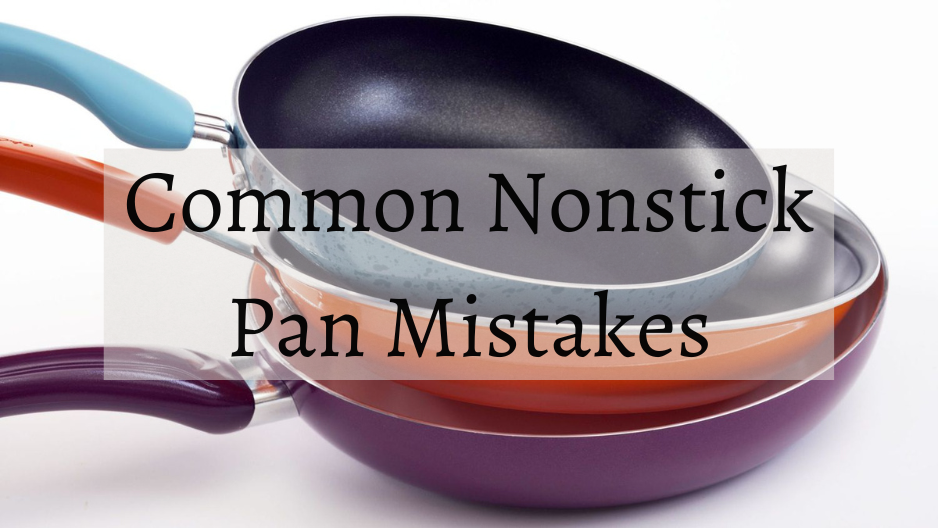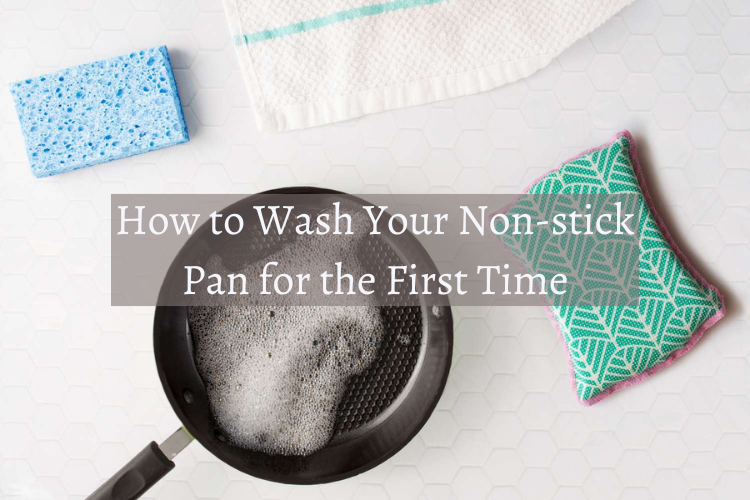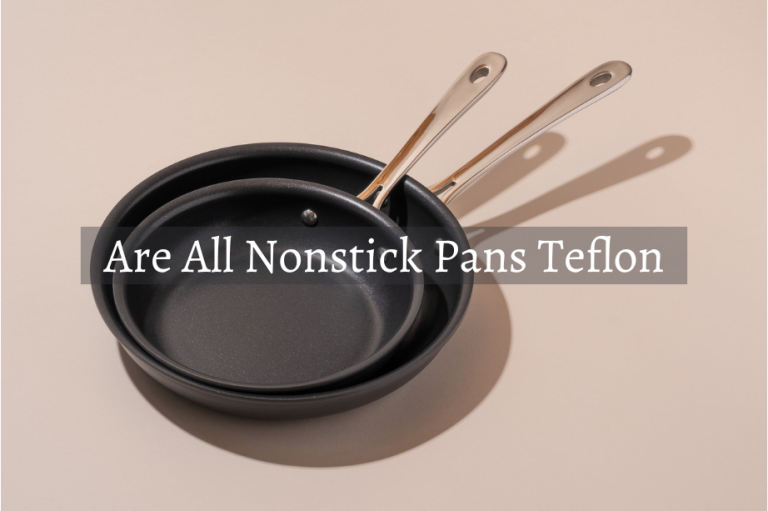Common Nonstick Pan Mistakes
Nonstick pans are super handy for cooking. They make it easy to cook eggs, vegetables, and pancakes without them sticking. But many people make mistakes with their nonstick pans that can ruin them. Let’s talk about these common mistakes and how to avoid them so you can keep your pan in good shape.
Common Nonstick Pan Mistakes
Using Metal Utensils
One big mistake is using metal utensils in your nonstick pan.
You might think it’s fine to use a metal spatula or fork, but this can scratch the nonstick surface. When the surface gets scratched, it can start to peel off, and you don’t want that in your food.
Instead, use wooden, silicone, or plastic utensils. They are gentle on the nonstick surface and won’t cause any damage.
Overheating the Pan
Another mistake people make is overheating their nonstick pans.
It can be tempting to turn up the heat to cook faster, but high heat can harm the nonstick coating. In the worst cases, it can even release harmful fumes. If you notice an unusual smell coming from your pan while cooking, it might be due to overheating. For more details on why this happens, check out our article on Why Does my Nonstick Pan Smell?.
It’s better to cook on medium or low heat. This way, your food cooks evenly, and your pan stays in good condition.
Using Nonstick Spray
Some people think that using nonstick spray will help their nonstick pan last longer. But this is actually a mistake.
Nonstick sprays often have ingredients that can build up on the pan, making it sticky over time. Instead, use a small amount of oil or butter to grease your pan. If you do use nonstick spray, make sure it’s meant for nonstick pans.
Not Preheating the Pan
Skipping the preheating step is another common mistake.
You might think you can just put your food in a cold pan, but that can lead to uneven cooking and sticking. To avoid this, heat your pan on medium heat for a few minutes before adding your food. This helps ensure everything cooks evenly and doesn’t stick.
Using High Heat All the Time
Using high heat for every recipe is a big mistake.
Not every dish needs high heat, and using it all the time can damage your pan. Stick to the heat settings recommended for each recipe. This helps prevent sticking and keeps your pan in good shape.
Cleaning with Abrasive Scrubbers
Cleaning your nonstick pan is important, but using harsh scrubbers can ruin it.
Steel wool or rough scrubbing pads can scratch the nonstick surface. Instead, use a soft sponge or cloth with mild dish soap to clean your pan. This gentle cleaning keeps the nonstick surface intact and working well.
Using Cold Water on a Hot Pan
Pouring cold water into a hot nonstick pan is another mistake.
This sudden change in temperature can warp the pan and damage the nonstick coating. Always let your pan cool down before washing it. This small step helps extend the life of your pan and keeps it performing well.
Storing Pans Incorrectly
How you store your nonstick pans can also affect their longevity.
Stacking them without protection can lead to scratches. To avoid this, use pan protectors or place a paper towel between stacked pans. This helps prevent damage and keeps your pan looking and working great.
Ignoring Manufacturer Instructions
Finally, one of the biggest mistakes is not following the manufacturer’s instructions.
Each nonstick pan comes with care guidelines. These instructions tell you how to cook, clean, and store your pan properly. Following these instructions helps you avoid common issues and keeps your pan in good condition. If you’re considering buying a new nonstick pan and wondering about specific brands, you might ask yourself, Are Carote Nonstick Pans Good?. Researching brand-specific guidelines and reviews can also help you make an informed decision.
Conclusion
Nonstick pans are great tools in the kitchen, but they need proper care. By avoiding these common mistakes, you can keep your nonstick pan in excellent shape. Remember to use the right utensils, avoid high heat, skip nonstick sprays, preheat your pan, clean gently, and store it correctly.
Following these tips will help you get the most out of your nonstick pan and make cooking easier and more enjoyable.

Hello, I’m Benny Jensen – a kitchen expert specializing in daily used utensils. With more than a decade of professional experience, I’m excited to share my expertise to make your life easier, smarter, and more comfortable. Let’s uncover the magic of well-crafted utensils together and make your time in the kitchen efficient and delightful!







